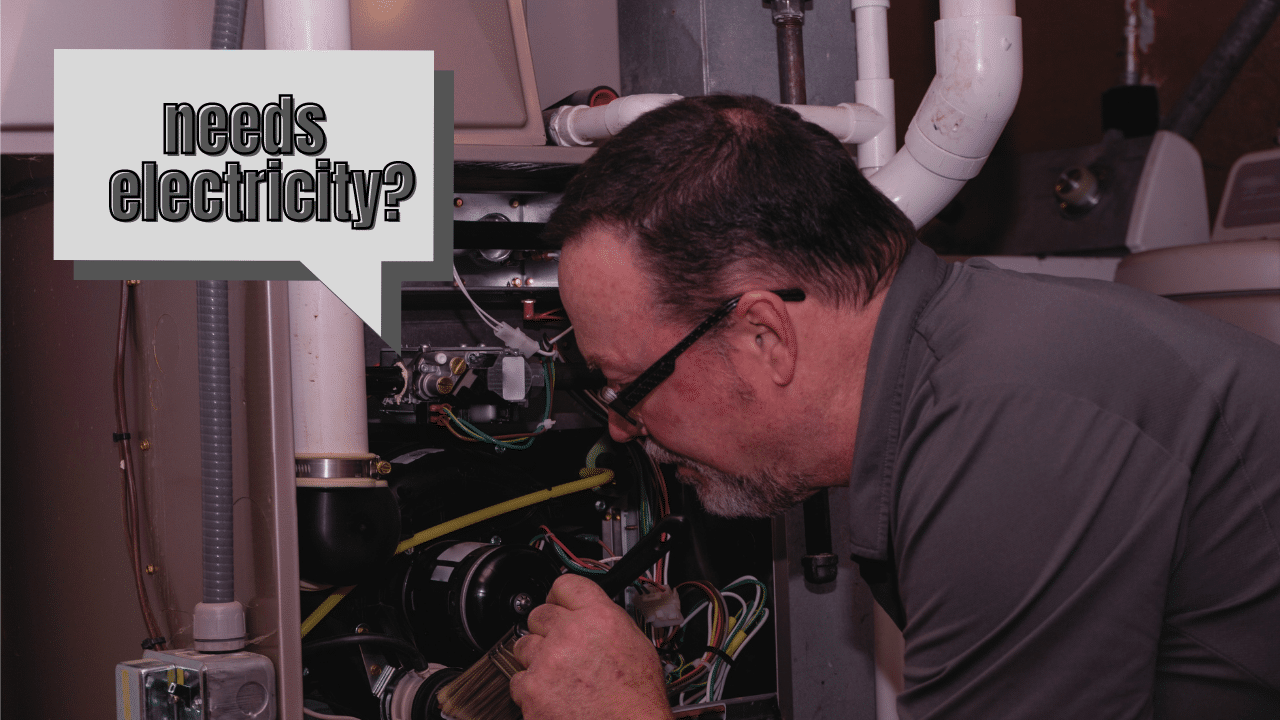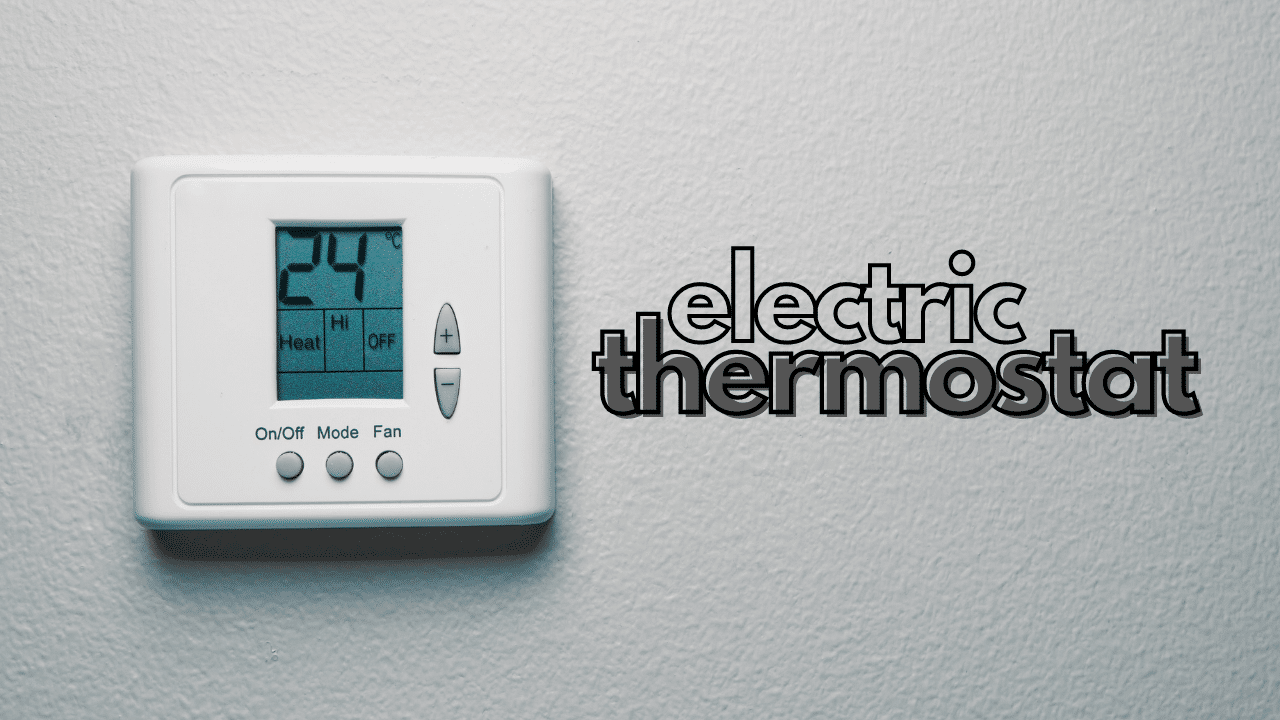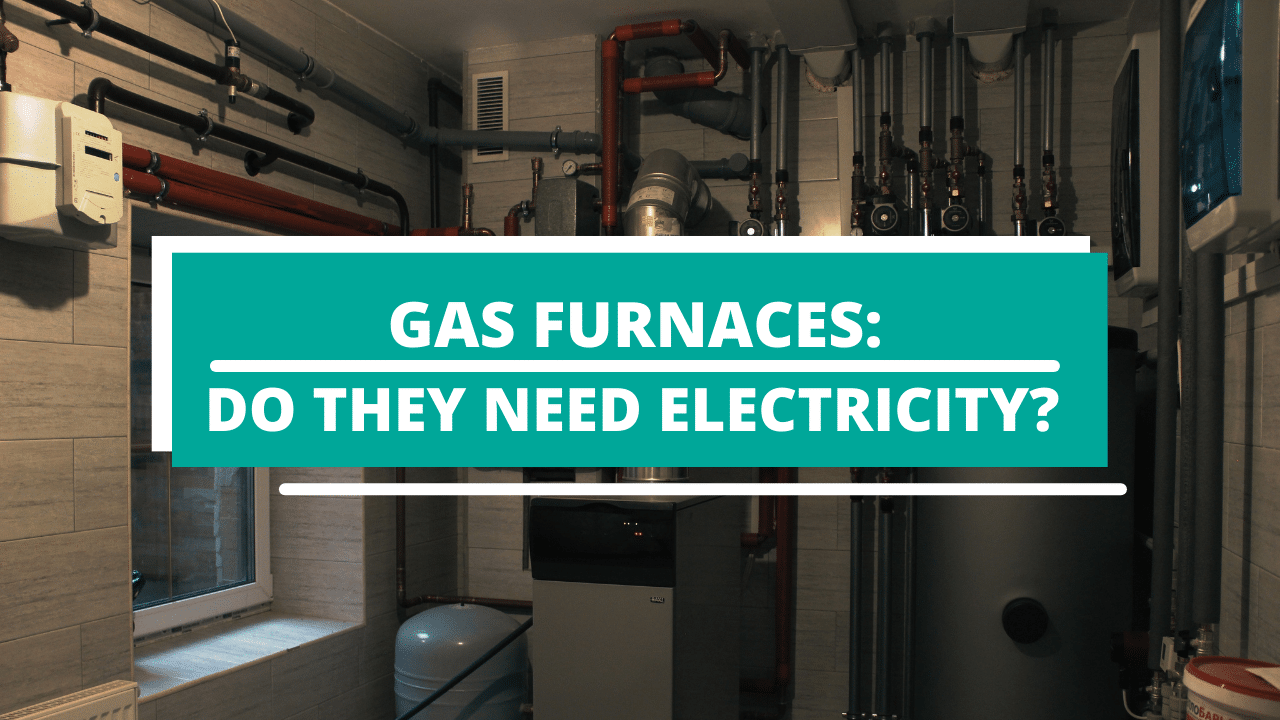It is vital to dispel one of the most common misconceptions about furnaces that people assume: a gas furnace can provide heat in the event of a power outage. This appears to make sense on the surface, but it is untrue. A gas furnace generates heat by burning natural gas, which is then circulated through the ventilation system. While this main make you think it's like an old-fashioned stove and there's no need for electricity, it is untrue.
So, does a gas furnace use electricity? The straightforward answer is yes. Your gas furnace will not operate if it does not have access to electricity.
According to the US Department of Energy's energy-efficiency program, heating, and cooling costs account for 42 percent of a typical household's energy bill. It's no surprise that people are always seeking less expensive solutions for cooling and heating our households.

Components of a Gas Furnace that Needs Electricity
Blower motor
The blower motor that drives the blower fan requires energy, which is why a natural gas furnace won't generate heat if it doesn't have electricity. The furnace can generate heat inside the combustion chamber, but the heat won't escape if the blower fan isn't working. Since there's a risk of the furnace overheating if the blower isn't switched on, the furnace won't operate until the blower is powered on.
Electronic Ignition
Most contemporary furnaces require energy to ignite their burners, even if they don't have a blower motor. For lighting the burners, the standing pilot light is no longer the requirement. The function is currently handled by electronic igniting devices, such as intermittent pilots or hot-surface igniters.
This is both safer and more economical in terms of energy use. The furnace will not be able to ignite if there is no electricity. Despite the fact that this may seem inconvenient in the event of a power loss, the electrical components in a gas furnace assist to keep the system running safer than earlier systems.
Gas Valve
This valve is a protective measure that regulates the flow of gas entering the furnace from the pipeline. The gas flow into the furnace's combustion chamber is started and stopped by this valve.
Fan Motors
A furnace contains two fans, each of which serves a distinct purpose. One of the fans oversees blowing warm air into your home's air ducts. This fan's motor relies on electricity to run. The waste products of the combustion process are sent outside by the other fan in the gas-fired furnace. Toxic carbon monoxide and nitrogen dioxide emissions are among the byproducts.
Speed Furnace Fans
The energy needed by single-speed and variable-speed versions is vastly different. An average fan motor consumes around 400 watts per hour, but a variable-speed variant consumes just 75 watts per hour. Variable-speed machines conserve power in the most obvious way, but they also impact energy use in other ways.
One of the most important elements is maintaining your house at a more consistent temperature. Since the fans may reduce their output to half or less while running at low speed, the airflow is both cooler and more constant. Temperatures will also be more consistent, eliminating the requirement for on and off operations.

Electric thermostat
If a programmed thermostat manages your furnace, it will also require power to operate. During a power outage, systems controlled by a programmable thermostat will not get the necessary information to switch on.
What's more Economical: Gas or Electric Furnace?
Natural gas is substantially cheaper than electricity in nearly every country on the planet, making a gas furnace a far more cost-effective option. Furthermore, because gas provides maximum heat as soon as the burners start working, a gas furnace can heat a home considerably faster than an electric furnace. (Related: Are High-Efficiency Furnaces Worth The Money?)
Electric furnaces, however, are up to 100 percent more energy-efficient than gas furnaces; they offer better energy efficiency and cheaper installation costs, but their operating expenses are higher because of higher power prices.
For electric furnaces, the power consumption ranges from 10 kW to 50 kW. You will pay 12 cents per kilowatt-hour if you possess a 20-kWh electric furnace and use it for 2 hours each day. There isn't a significant enough distinction between the two types of furnaces to decide.
The room thermostat is the first step in lowering your heating production expenses. Choose a digital and intuitive thermostat to better regulate the temperature of your room, and make sure your home is properly insulated.
Frequently Asked Questions (FAQs)
An electricity outage means the furnace won't operate for most households who heat with natural gas. During an outage, the furnace's safety mechanism prevents it from turning on. Attempting to rig the furnace for heating is not recommended, as it may jeopardize one's health and safety. Suppose a homeowner is concerned about the potential of an electrical outage. In that case, an HVAC service professional and an electrician can connect the furnace to a generator that can power the electrical elements of the furnace. Only a professional, licensed, and qualified service crew should accomplish this.
Turn off the furnace's electricity if there is a power outage. When your home's energy is restored, the electrical grid may experience some power fluctuations, which might harm the furnace's electrical components. Other sensitive devices must also be unplugged. As a safety measure, you can leave a light switched on so that you are able to identify when the power comes back. It should be safe to restart the furnace after the power has been restored.
When we talk about gas furnace efficiency, we're referring as to how well your furnace converts gas into heat, and it's expressed as a percentage (AFUE rating). You'll get more heat if the number is greater. There is indeed a baseline energy efficiency standard for gas furnaces, which is set at 78%. In general, the better the efficiency of a gas furnace, the higher the price, therefore it's critical to strike the right balance. When we look at the numbers, we can see that in the winter, the average American family needs about 100 million BTUs for heating.

